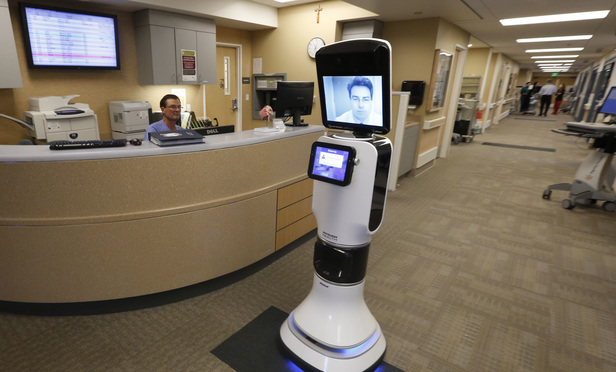With baby boomers entering retirement, the United States faces an aging boom that will have dramatic financial implications for national health care spending. According to the U.S. Department of Health and Human Services’ Administration on Aging, between 2000 and 2020 the number of Americans older than 65 will grow by more than 50 percent, from 35 million to 55 million. This number is expected reach 89 million by 2050.
Many seniors will at some point require long-term care. In 2012, spending on long-term care totaled $220 billion, about 9.3 percent of the nation’s personal health care spending and 1.4 percent of the gross domestic product. See National Health Policy Forum, The Basics: National Spending for Long-Term Services and Supports (LTSS), 2012 (2014). The Medicaid program is the biggest payor of long-term care services, covering approximately two-thirds of such expenditures, including for services that are institutional (e.g., nursing home), community (e.g., adult day care) and home-based (e.g., personal care). See Steve Eiken et al., Centers for Medicare and Medicaid Services (CMS), Medicaid Expenditures for Long-Term Services and Supports in FFY 2012 (2014).




